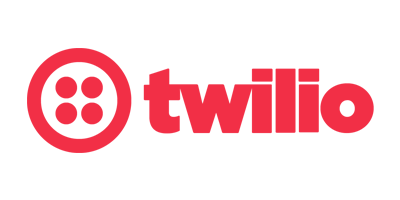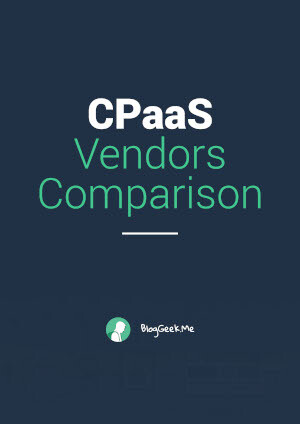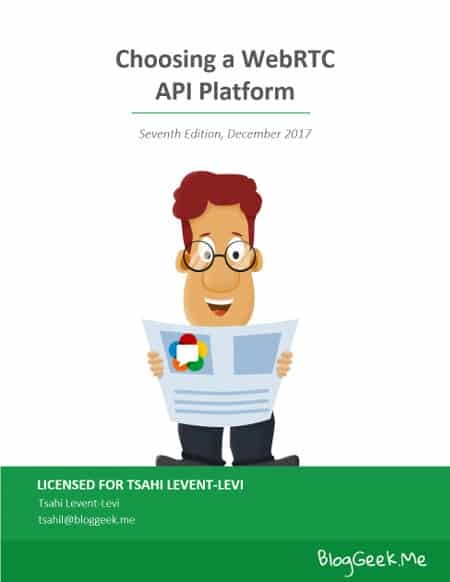Twilio is the leader in CPaaS (Communication Platform as a Service). The offer tools and APIs enabling developers to embed communications into their applications. They aren’t the only vendor in this space, but they are definitely the most dominant one.

As such, I tend to write a lot about them, especially when they have new announcements and products. This is why I decided to put this page, to allow you to easily find information you may need about Twilio in the context of the things I write about.
Twilio Signal

Signal is Twilio’s main conference for its customers. Besides being a really vibrant event (I have attended a few in person), it is also where Twilio shares its big announcements. And with Twilio, there are almost always big announcements that end up affecting the future of CPaaS. Each year I try to cover the Twilio Signal event with a write up of my own:
- Twilio Signal 2021 – Twilio’s pivot from CPaaS to Customer Engagement Platform
- Twilio Signal 2020 – the first virtual Signal event – Twilio Microvisor, Twilio Video WebRTC Go, Twilio Flex Ecosystem, Twilio Frontline
- Twilio Signal 2019 – Twilio CLI, SendGrid, Twilio Flex, Media Streams API, Twilio Conversations, Verified by Twilio
- Twilio Signal 2018 – Twilio Autopilot, Twilio Pay, Twilio Global Super SIM, Twilio Narrowband, Twilio Flex GA
- Twilio Signal 2017 – Twilio Engagement Cloud, Omnichannel, Machine Learning, Enterprise
- Twilio Signal 2015 – Copilot, Twilio Video, IP Messaging
An interview with Jeff Lawson, CEO of Twilio in 2017, on the place of communication APIs and where programmable communications is headed.
Read the interview transcript with Jeff Lawson.
Twilio WebRTC

I write a lot about WebRTC, and parts of it is how CPaaS vendors (and Twilio) end up using WebRTC. It seems that there are quite a few things Twilio does with WebRTC.
- Voice – Twilio started with WebRTC with voice only and support for connecting to PSTN calling. Voxeo (also known as Tropo, later Cisco, later closed) was in a similar position with a similar type of an offer
Video– Twilio announced the sunset its Programmable Video offering on December 2023. Prior to that?- Video came about later, and in a way, it came in two steps: Twilio Video got introduced as a P2P service by TwilioYou can also read my interview with Al Cook of Twilio
- Then Twilio acquired Kurento, effectively killing Kurento and building on its ashes their group video calling service
- NAT Traversal – a hidden gem I direct many clients towards. Twilio offers a managed TURN service. It is simply to use with zero vendor lock-in
- Insights – Twilio started offering Voice Insights, a paid service to give clients a better understanding of call quality. You can also check some of the services we have at testRTC around monitoring and support
nocode in communications

Twilio offers nocode solutions which fit surprisingly will with developers.
It comes in the form of Twilio Studio, a drag and drop tool that enables configuring actions to take on phone numbers and other communication resources.
Twilio were one of the first to introduce it into CPaaS, and they were immediately followed by other vendors such as MessageBird and Plivo.
While Twilio maintains the use of the word Studio for this service, most other vendors went for Flow.
Twilio adjacencies
Besides the main building blocks of CPaaS – APIs for developers, throughout the years, Twilio has shifted towards adjacencies in an effort to increase its revenue.
It has done so through development investment but mostly through high profile acquisitions:

- CCaaS – Twilio Flex, a programmable contact center server, that in many ways competes directly with some of Twilio’s customers
- Email – Twilio acquired SendGrid to go after email, an adjacency of CPaaS and also a leading means of marketing communications
- IOT – Twilio acquired Electric Imp to enhance its IOT/M2M product line, shifting towards hardware
- Customer Data – Twilio acquired Segment, a leader in customer data management
It is safe to say that Twilio will acquire its way into additional adjacencies as part of its effort to either redefine CPaaS or break out of the CPaaS market.
Additional resources
Twilio is a fascinating company, and so is the whole communication APIs / CPaaS domain. If you are interested in this space, then you can check out some additional resources I have created around this topic.

A free ebook

ebook

market research report
